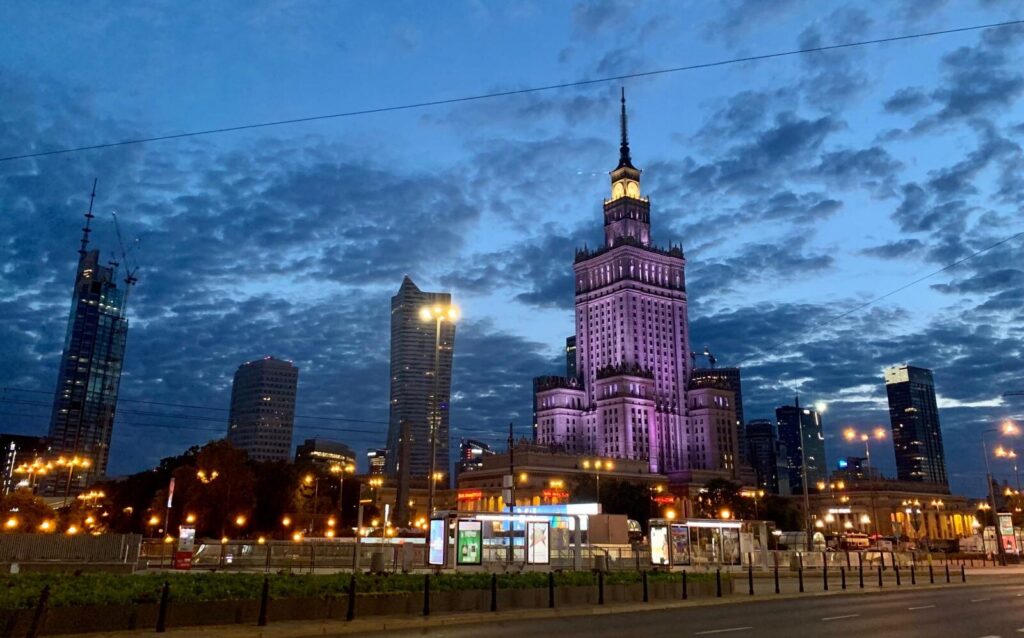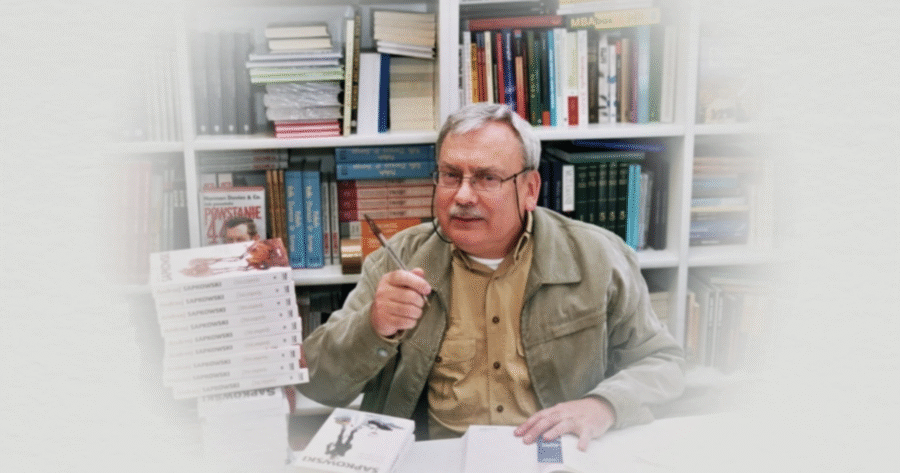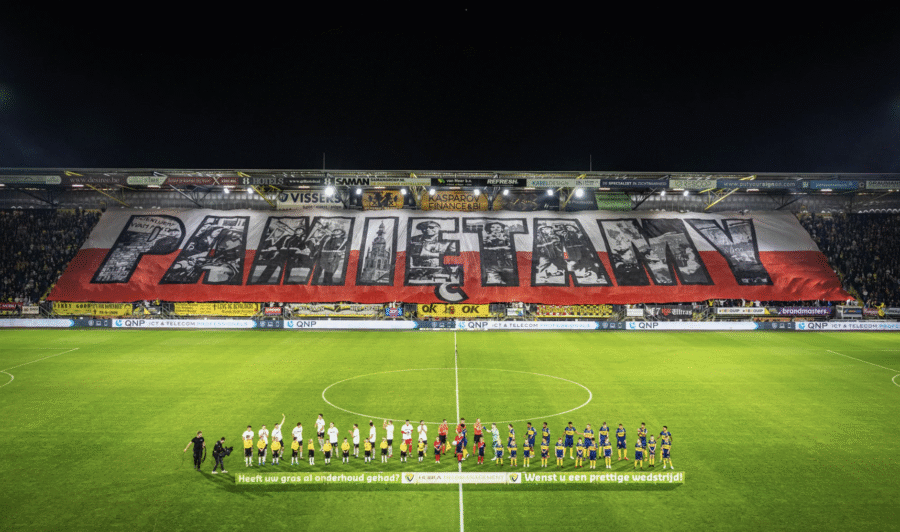For some, it is one of the most important symbols of Warsaw, while others believe the building should be destroyed. The Palace of Culture and Science was built as “a gift of the Soviet nation to the Poles”. The construction lasted from 1952 to 1955, and the grand opening, with the presence of Soviet officials, was held on 21 July 1955.
After the Yalta conference of 1945, Poland found itself on its way to becoming a Stalinist Soviet Union colony. The placement of a building resembling Soviet architecture (the so-called Seven Sisters of Stalin in Moscow which were the model for PKiN) proved to define the domination of the East in the country.
Before the start of the construction work of the Palace, its architect and designer, Lev Rudnev, visited the most important cultural centres in Poland including Kraków, Kazimierz, Toruń, Zamość and Lublin. The characteristics and details noticed in those cities were later reflected in the building. The monstrous attics are a nod to Krakow’s Cloth Hall. The columns in the main entrance allude to the manor houses of the Polish nobility.
These subtleties were of course dominated in the mass imagination by the brutal process of placing the construction in the heart of rebuilding Warsaw (the construction required the removal of 6 streets, and some 180 other buildings in the city centre) and the political context of post-war Poland.
Communist propaganda provided regular updates on the progress of the work. Varsovians were able to see for themselves thanks to a specially built viewing platform.
The opening ceremony was full of political courtesy and humility of the Polish side, thanking the Soviets for the “amazing gift”. It is important to point out that the Palace of Culture and Science has been integrated into the urban grid in a very deliberate way. To this day it is the dominant centre and the confluence of the city’s main arteries. It was also adapted to play the role of a grandstand at which military parades were received by state dignitaries.
Interestingly the Soviet authorities planned to construct similar buildings in every capital of the Soviet bloc.
Today the city authorities plan to rebuild the neglected park areas around the Palace which should lead to a new opening for that part of Warsaw’s centre.
When thinking about the existence of the Palace of Culture and Science I always remind myself of the words of Prof. Franciszek Longchamps de Berier, a famous Polish law scholar, describing the intention behind the construction as a form of the ancient Babylon Ziggurat – a massive building, taller than any other that shows the domination of specific territory and the might of those who conquered it. It seems that despite this context, contemporary Poland is far away from such radical decisions.
Tomasz Modrzejewski
Photos: Caroline Byczynski












